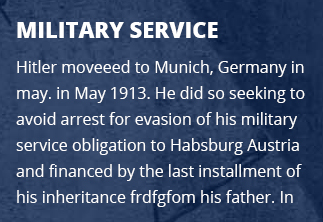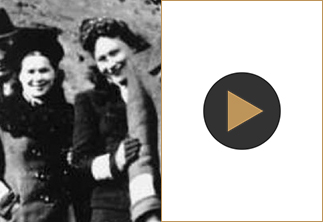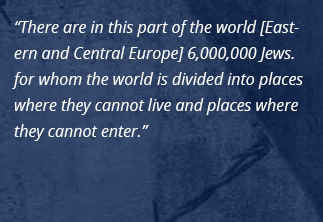Simon Wiesenthal
Simon Wiesenthal -Activist (1908-2005)
Simon Wiesenthal was a survivor of the Holocaust who worked as an author and Nazi hunter, wishing to ensure that what befell his community would be remembered.
Synopsis
Born in Buczacz, Galacia, on December 31, 1908, Simon Wiesenthal became an architect who was imprisoned in five different Nazi concentration camps during World War II. Wiesenthal devoted his life post-war to Holocaust memory and education, and founded the Jewish Documentation Center in Vienna. He also worked on investigations into locating Nazi criminals for prosecution. He died on September 20, 2005, in Vienna, Austria.
Early Life
Simon Wiesenthal was born on December 31, 1908, in Buczacz, Galacia, once part of Austria-Hungary and now known as Buchach, Ukraine. During his childhood, Wiesenthal’s father died in World War I as part of the Austrian army. The family also faced persecution from occupying soldiers, who often singled out Jewish families. Wiesenthal was slashed and permanently scarred with a saber when running an errand for his mother.
Wiesenthal earned a degree in architectural engineering during the early 1930s, setting up a practice in the city of Lvov and, in 1936, marrying Cyla Muller, who’d been his girlfriend from high school. A few years later, the Soviet Union occupied the region, with Wiesenthal losing members of his stepfamily. He was made to work in a bedsprings factory and later reported that he was only able to save himself and his wife from being sent to Siberia through bribery.
The Nightmare of the Holocaust
After the German occupation in 1941, Wiesenthal and his wife were placed into forced labor at the German Eastern Railway plants. Cyla was able to pass as Polish and was transported out of the camp by an underground movement. Enduring a waking nightmare, Wiesenthal was imprisoned in several different camps, during which time he managed to escape, though recaptured, and attempted suicide twice. He was ultimately transported to the Janowska camp in 1944. Later, a large group of SS guards, fleeing the Red Army, also transported less than three dozen prisoners—the only people still alive out of an original camp population of more than 100,000.
Wiesenthal was released from his final camp in Mauthausen, Austria, in May 1945 by a U.S. Army unit. The severely malnourished Wiesenthal, at 6 feet tall, weighed less than 100 lbs by this time. He made his way back to health and was reunited with Cyla by the end of 1945. Dozens of members of his and his wife’s extended families had died in the camps, among the millions of Jews and other ethnic populations who were killed during the Nazi regime.
Tracking Down War Criminals
Simon Wiesenthal then dedicated his life to tracking down and prosecuting former Nazis who’d been in power. He directed the Jewish Documentation Center in Linz (1947-54) and Vienna (beginning in 1961), and founded the Simon Wiesenthal Center in Los Angeles in 1977.
Wiesenthal has been credited with contributing to the capture of “final solution” coordinator Adolf Eichmann in 1961. He has also been credited with investigations that led to the capture of other war criminals, including death camp commander Franz Stangl and Gestapo worker Karl Silberbauer, who was responsible for the arrest of Anne Frank. Wiesenthal continued his efforts well into his later years, though his house was firebombed in 1982, with no one being injured.
Wiesenthal’s influence extended to the literary world, as well. In 1967, he published the book The Murderers Among Us: The Wiesenthal Memoirs, followed in 1969 by the exploratory work The Sunflower: On the Possibilities and Limits of Forgiveness.
Controversy, Biopic and Being Knighted
Wiesenthal has run into his share of controversy, including allegations from prominent figures that a significant portion of his claims about his career and involvement in certain cases were untrue. He also had conflict with writer and Holocaust survivor Eli Wiesel.
Wiesenthal’s work is recognized for continuing to shed light on the injustices and horrors of the Holocaust, for calling on governmental intervention in the capture of war criminals and for being a driven, often times singular, investigative force. Among a legion of awards and accolades, he’s received the Dutch and Luxembourg Medals of Freedom and the U.S. Congressional Medal of Honor. He was also the subject of the 1989 HBO biopic Murderers Among Us: The Simon Wiesenthal Story, which starred Ben Kingsley in the lead role. Another memoir, Justice Not Vengeance: Recollections, was published that same year.
In 2003, at the age of 94, Wiesenthal announced his retirement. One year later, he was knighted. Wiesenthal died on September 20, 2005, in Vienna, Austria.





